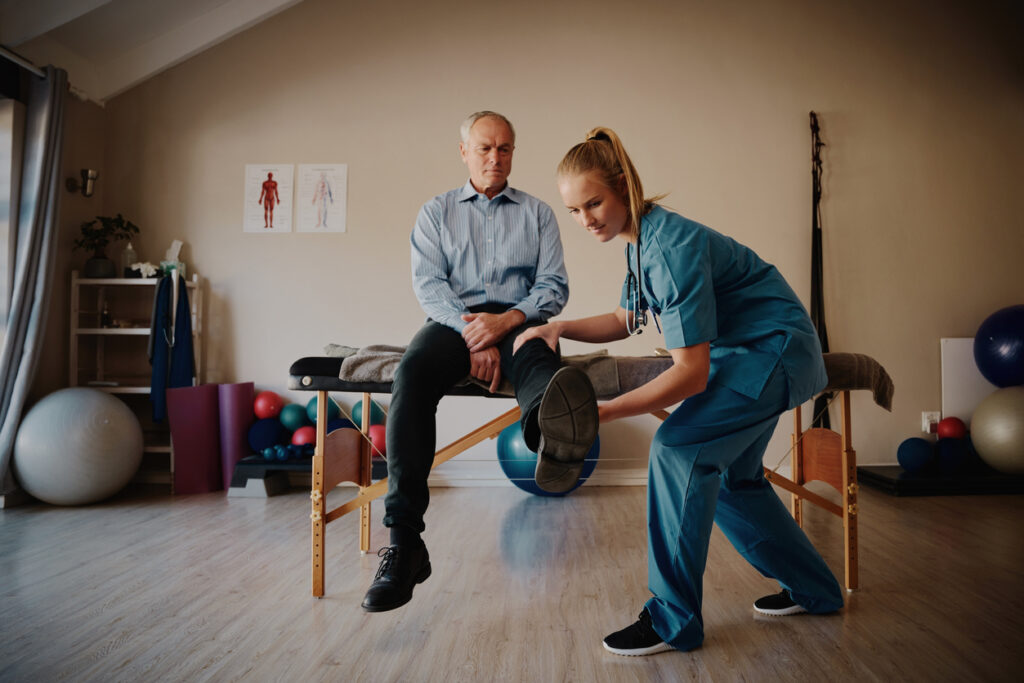Effective Methods to Reduce the Chance of Acute Traumas in Athletics Through Focused Preventive Strategies
Effective Methods to Reduce the Chance of Acute Traumas in Athletics Through Focused Preventive Strategies
Blog Article

Sudden traumas in athletics can occur unexpectedly and frequently lead to serious issues for players. These traumas can vary from sprains and strains to fractures and concussions. To help prevent these traumas, it is crucial to implement targeted preventive strategies. These strategies concentrate on awareness, appropriate preparation, equipment use, and overall health maintenance. By addressing these important areas, players can considerably reduce their risk of suffering from acute traumas while engaging in their favorite sports.
One effective method to reducing the likelihood of traumas is through education. Athletes, trainers, and guardians should be educated about the common types of injuries associated with particular activities. Understanding the dynamics of these injuries allows everyone to recognize the indicators and signals early. Educational workshops or seminars can help teach players about correct techniques and the significance of preparing up before matches or training sessions. This understanding enables athletes to take responsibility for their well-being and motivates them to communicate any concerns about possible injuries.
Another crucial protective strategy is proper training. Athletes should participate in a comprehensive training program that focuses on building strength, flexibility, and endurance. Strength conditioning helps build the muscles that stabilize joints, lowering the chances of traumas. Flexibility routines, such as elongating, can enhance the range of motion and decrease the risk of muscle strains. Additionally, athletes should integrate sport-specific drills that mimic game situations, which can assist them become more familiar with the movements involved in their selected sport. Coaches play a vital role in designing and implementing these conditioning programs to ensure they are secure and effective.
The use of suitable equipment is also vital in reducing acute injuries in sports. Players should always wear the right equipment for their particular sport, including helmets, pads, and suitable footwear. For example, gridiron players need helmets to protect against head traumas, while football players require shin guards to shield their legs from collision. It is crucial that equipment is fitted correctly and is cared for regularly to guarantee it provides the necessary safeguarding. Trainers and parents should encourage players to take the time to choose and use the right gear to minimize their risk of trauma.
In addition awareness, training, and equipment, upholding overall health is essential for injury prevention. Athletes should prioritize adequate nutrition, hydration, and rest to keep their bodies in top condition. A nutritious diet rich in vitamins and minerals helps facilitate muscle recovery and overall athletic performance. Staying hydrated is also crucial, as dehydration can result to fatigue and increase the likelihood of injuries. Lastly, achieving enough sleep is crucial for recovery and upholding focus during practices and games. By encouraging good health habits, players can enhance their effectiveness and reduce their chances of experiencing acute traumas.
In conclusion, reducing the risk of acute injuries in sports requires a comprehensive method that includes awareness, adequate preparation, suitable gear, and overall well-being maintenance. By concentrating on these targeted protective strategies, players can better protect themselves from the risks of traumas. Trainers, parents, and athletes all have important roles to play in fostering a safe sports environment. By working together this and prioritizing safety, the enjoyment of sports can continue without the disruption of serious traumas.